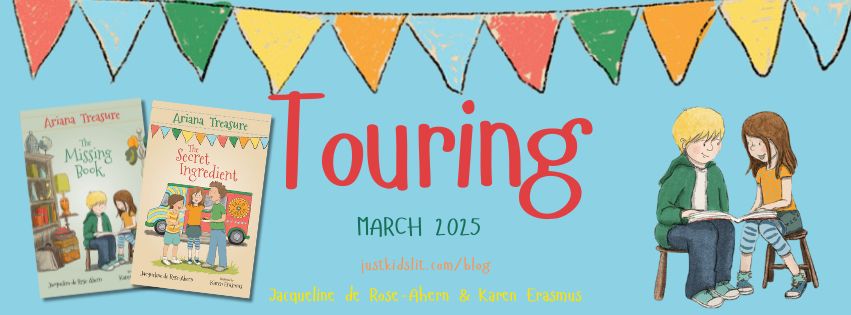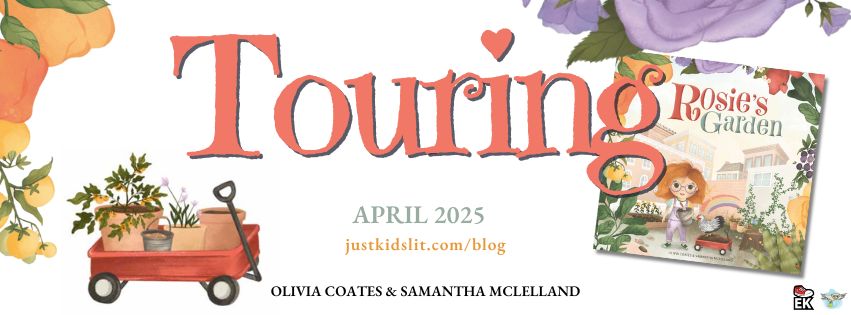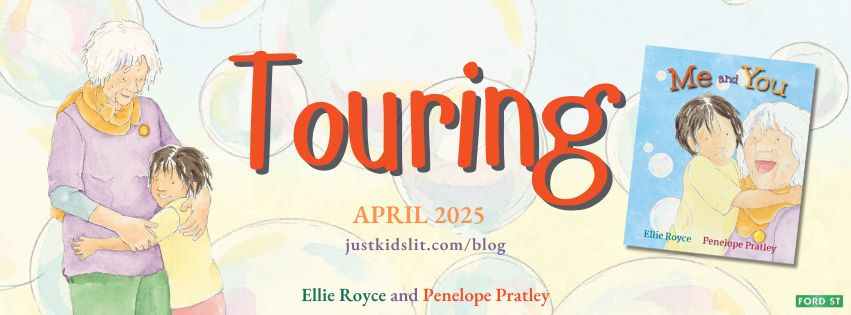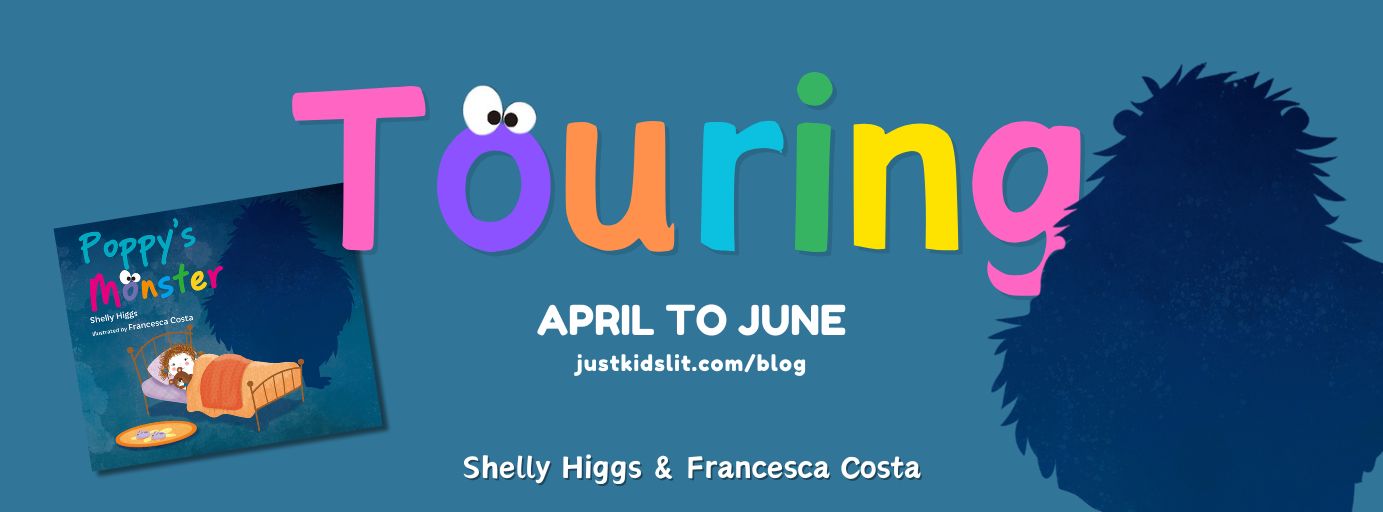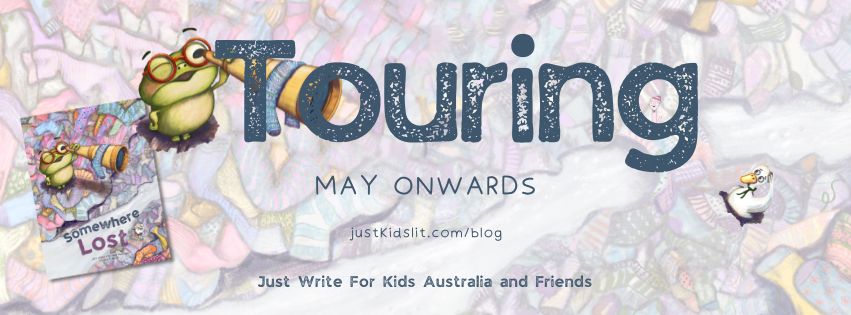- Theme – children’s picture books have one strong theme. This is one insight or concept or viewpoint. Keep it positive, especially if a social problem as you want your reader to know how to deal with it.
- Plot – conflict involving the main character. This conflict can be internal or external and it needs to be resolved. The character learns through the process. (The lesson learnt is the theme!) Make sure there are events and action, not internal musings.
- Story structure – jump right in! Start later than you meant to and finish promptly. Keep it simple and avoid flashbacks. Are there a number of scenes? Is it told in the first person or the third person? Does it have a single point of view? Time – is it past or present?
- Character – someone the reader identifies with. Top age of the intended readership. Have one telling detail as an identifier.
- Style and tone – simple, direct, avoiding chunks of narration. If younger audience, embrace poetic devices (rhythm, repetition, alliteration) Don’t be cute, sweet, sentimental or condescending.
The magic from children’s picture books is fully realised when you read them aloud. You will certainly instinctively find that anything is missing from your story if you do so!
Now go and write – and read…
x







